10 Best Herbal Essential Oils For Rashes

Herbal essential oils, such as lavender, chamomile, and calendula, are commonly used for their soothing and anti-inflammatory properties to help alleviate symptoms of rashes.
These natural oils can be diluted with a carrier oil and applied topically to reduce redness, itching, and irritation associated with various types of skin rashes. Many people find these essential oils to be a safe and effective alternative to conventional treatments, especially for mild to moderate skin conditions. However, it is important to perform a patch test before use to avoid allergic reactions, as some individuals may be sensitive to certain oils.
Overall, herbal essential oils offer a gentle, natural approach to managing rash-related discomfort when used properly.
FREE Herb Drying Checklist
How to make sure every batch retains maximum flavor, color, and aroma without the risk of mold or over-drying. Eliminate guesswork and trial-and-error, making herb drying faster, easier, and more efficient every time.
Table of Contents
1. Lavandula angustifolia
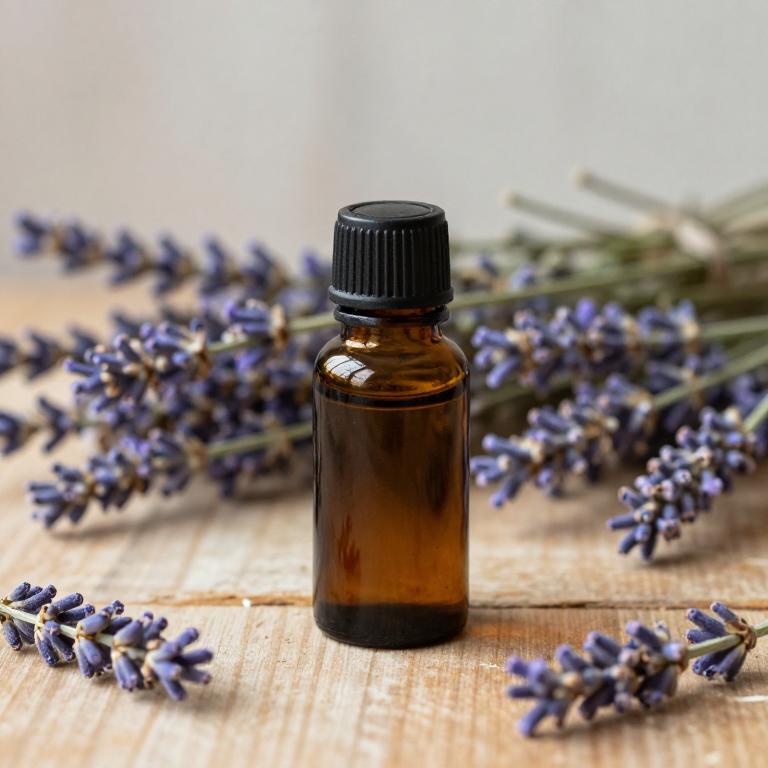
Lavandula angustifolia, commonly known as English lavender, is widely recognized for its soothing properties and is often used in the form of essential oil to help alleviate skin rashes.
The essential oil is extracted through steam distillation of the flowers and contains compounds like linalool and linalyl acetate, which have anti-inflammatory and antimicrobial effects. When applied topically, lavender essential oil can help reduce redness, itching, and irritation associated with various types of rashes. It is important to dilute the essential oil with a carrier oil before applying it to the skin to avoid irritation.
Due to its calming and healing properties, lavender essential oil is a popular natural remedy for those seeking relief from mild skin irritations.
2. Chamomilla recutita
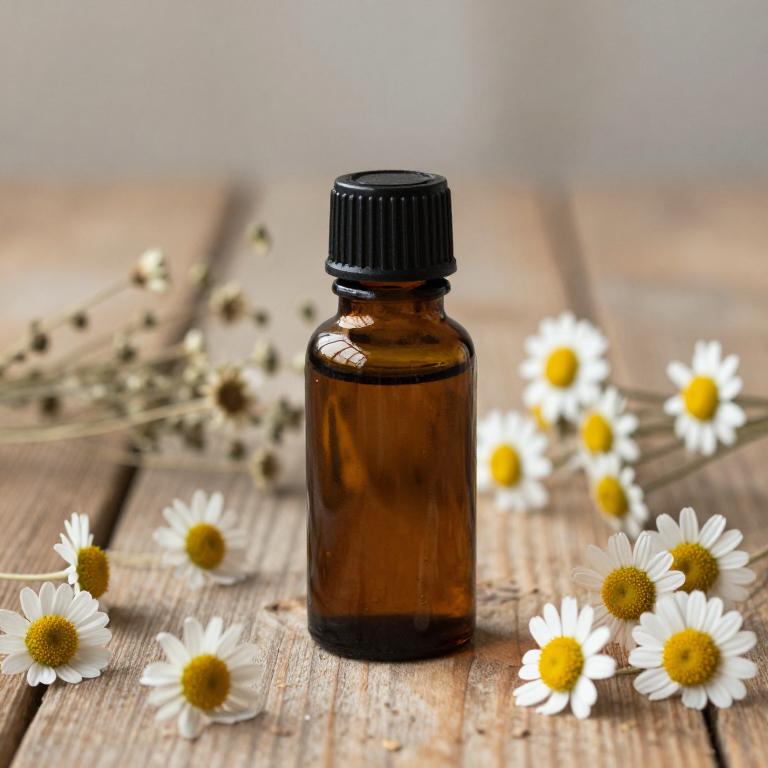
Chamomilla recutita, commonly known as German chamomile, is a widely used herb in aromatherapy and natural medicine, particularly for its soothing properties.
Its essential oil, extracted through steam distillation, contains compounds like bisabolol and chamazulene, which have anti-inflammatory and antiseptic effects. This oil is often applied topically to alleviate symptoms of skin rashes, such as redness, itching, and irritation, due to its calming and healing properties. When diluted properly with a carrier oil, chamomilla recutita essential oil can be safely used to support skin health and reduce discomfort associated with minor skin irritations.
Its gentle nature makes it a popular choice for those seeking natural remedies for sensitive or inflamed skin conditions.
3. Melaleuca alternifolia
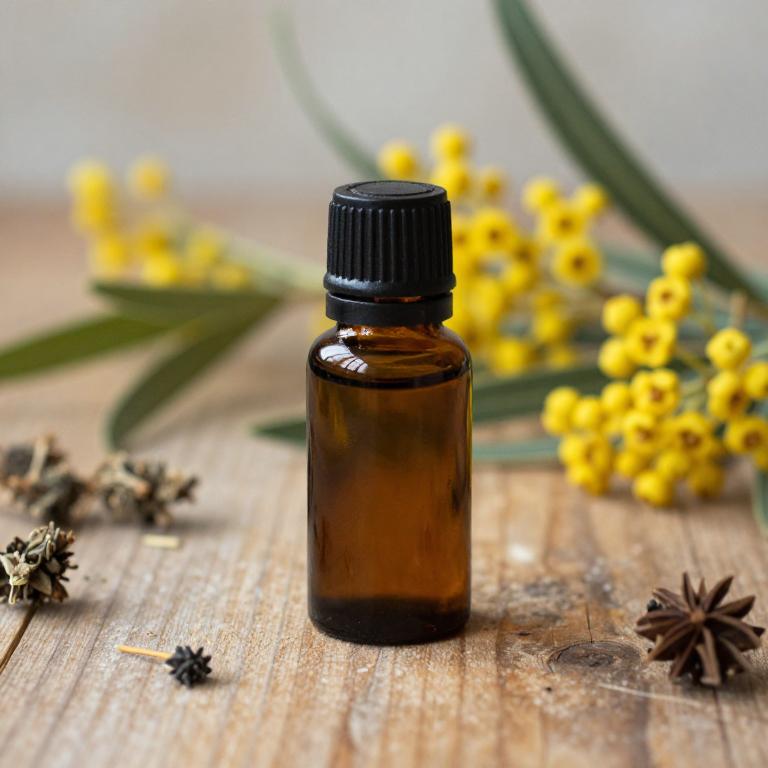
Melaleuca alternifolia, commonly known as tea tree oil, is a popular essential oil derived from the leaves of the Melaleuca alternifolia plant native to Australia.
It is widely recognized for its antimicrobial, anti-inflammatory, and antifungal properties, making it a natural remedy for various skin conditions, including rashes. When diluted properly with a carrier oil, tea tree oil can help reduce redness, itching, and infection associated with rashes caused by bacteria, fungi, or irritants. Its ability to soothe and heal the skin makes it a favored choice in both traditional and modern skincare practices.
However, it is important to use it cautiously and consult a healthcare professional before applying it to sensitive or broken skin.
4. Aloe barbadensis
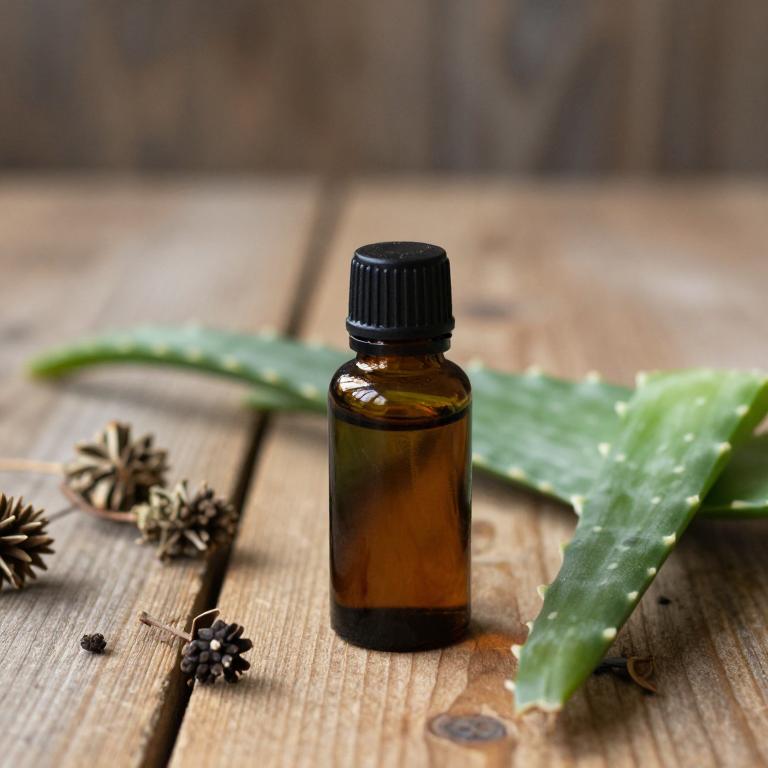
Aloe barbadensis, commonly known as aloe vera, is widely recognized for its soothing properties and is often used in the form of essential oils to alleviate various skin conditions, including rashes.
These essential oils are derived from the gel of the aloe plant and are rich in antioxidants, anti-inflammatory compounds, and nutrients that promote skin healing. When applied topically, aloe barbadensis essential oils can help reduce redness, irritation, and inflammation associated with rashes by calming the skin's natural response to irritation. However, it is important to ensure that the essential oil is properly diluted with a carrier oil to prevent skin irritation or allergic reactions.
Overall, aloe barbadensis essential oils offer a natural and effective remedy for soothing and healing rash-prone skin.
5. Matricaria chamomilla
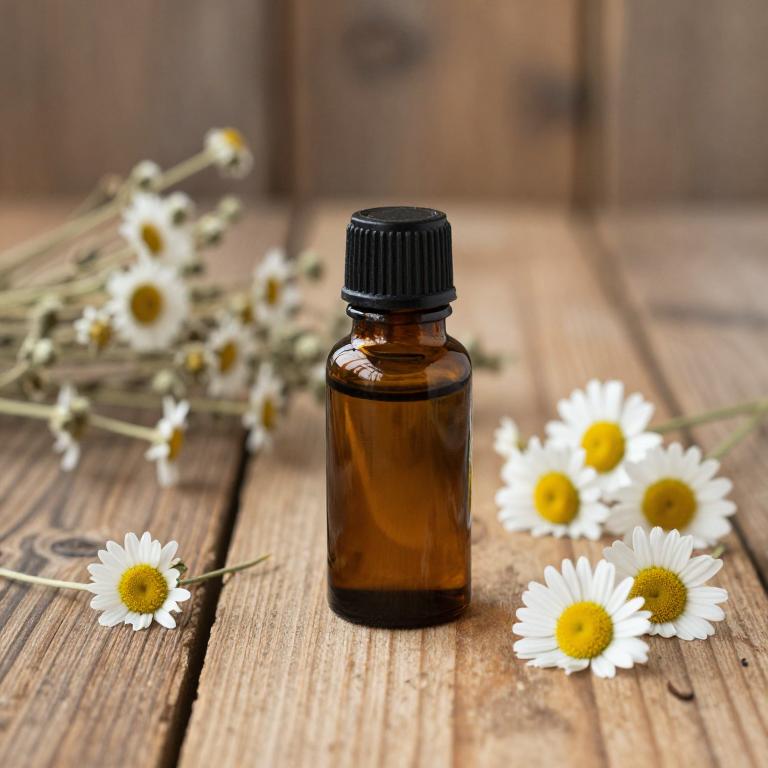
Matricaria chamomilla, commonly known as chamomile, is widely recognized for its calming and anti-inflammatory properties, making its essential oil a popular choice for treating skin rashes.
The oil contains compounds such as bisabolol and chamazulene, which have soothing and antimicrobial effects that help reduce redness, itching, and irritation associated with rashes. When diluted properly with a carrier oil, chamomile essential oil can be applied topically to the affected area to promote healing and relief. Its gentle nature makes it suitable for sensitive skin, though it should always be tested for allergic reactions before use.
Overall, chamomile essential oil is a natural and effective remedy for managing various types of skin rashes.
6. Eucalyptus globulus
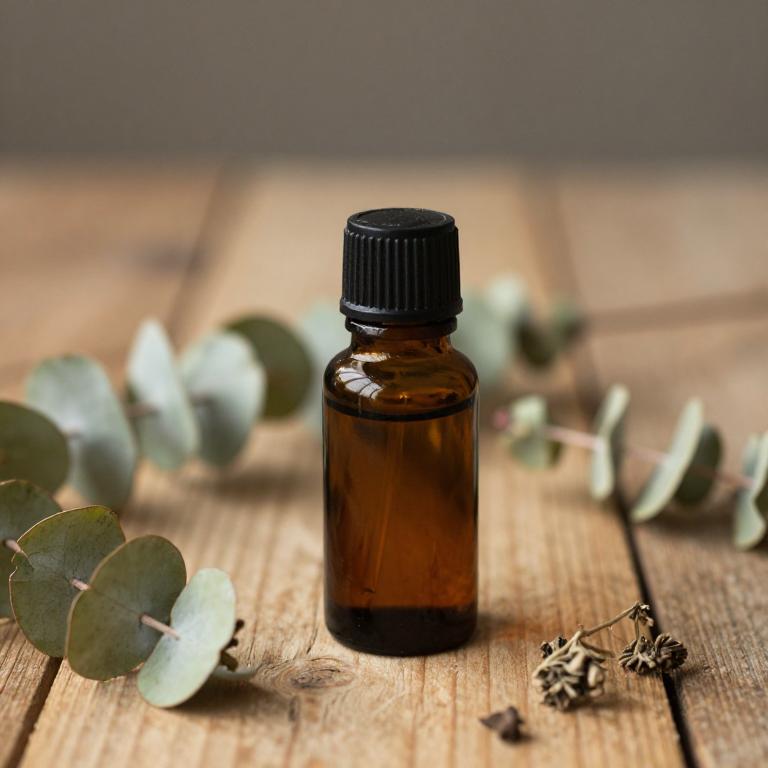
Eucalyptus globulus, commonly known as peppermint eucalyptus, is a popular source of essential oil that is often used for its calming and anti-inflammatory properties.
When diluted properly, this essential oil can provide relief for skin rashes by reducing redness, itching, and irritation. Its natural antiseptic and analgesic qualities make it a beneficial addition to topical treatments for minor skin conditions. However, it is important to always dilute the oil with a carrier oil before applying it to the skin to avoid potential irritation.
Overall, eucalyptus globulus essential oil can be a valuable natural remedy for managing symptoms associated with various types of rashes.
7. Zingiber officinale
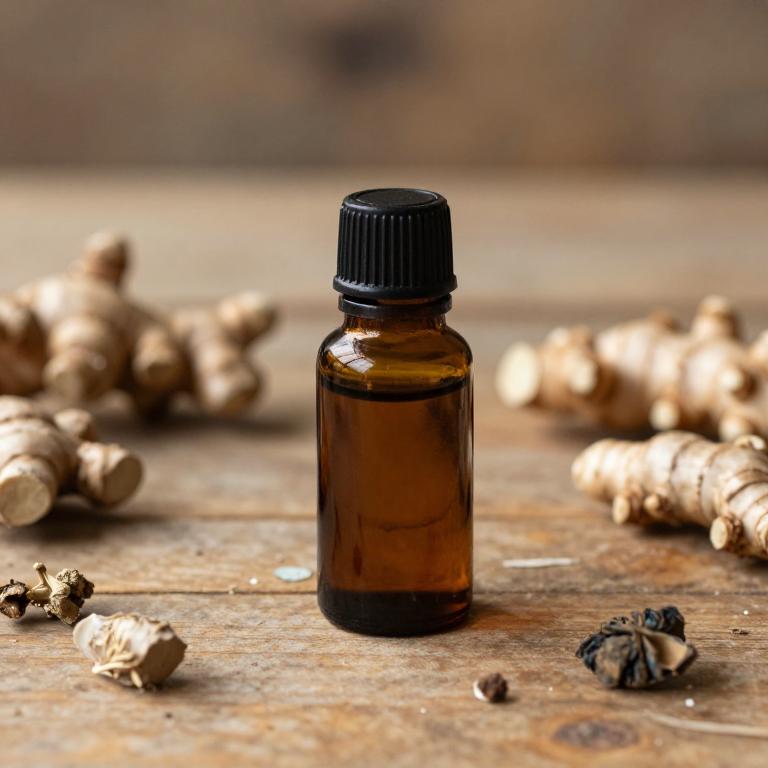
Zingiber officinale, commonly known as ginger, is a popular herb whose essential oil has been traditionally used for its anti-inflammatory and antimicrobial properties.
When applied topically, ginger essential oil can help soothe skin irritations and reduce redness associated with rashes due to its ability to promote circulation and reduce oxidative stress. However, it is important to dilute the essential oil with a carrier oil before applying it to the skin to avoid irritation or allergic reactions. The oil's active compounds, such as gingerol and zingiberene, contribute to its therapeutic effects on the skin.
While some studies suggest its potential benefits, it is advisable to consult a healthcare professional before using ginger essential oil for rashes, especially for individuals with sensitive skin or existing skin conditions.
8. Calendula officinalis
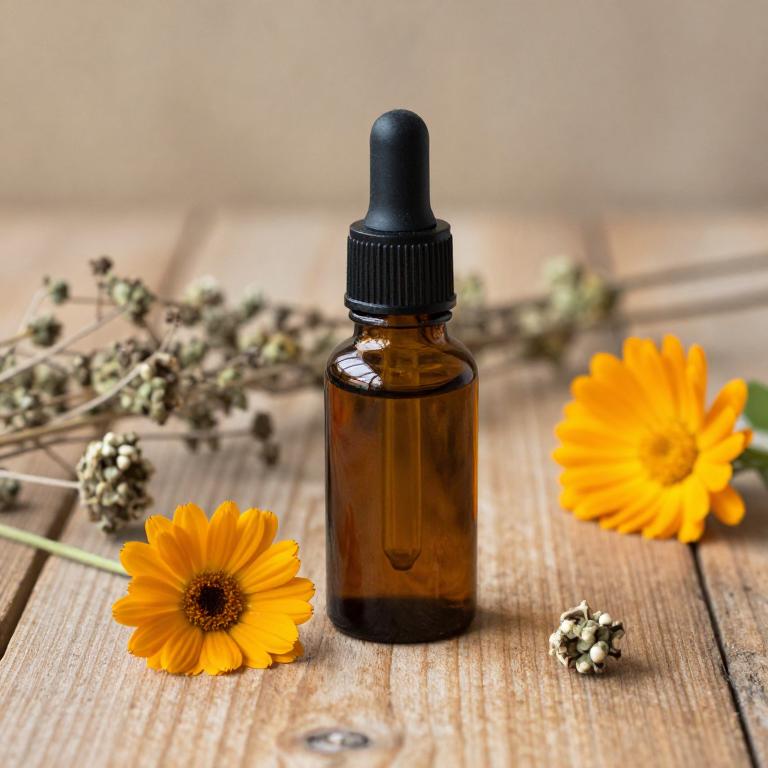
Calendula officinalis, commonly known as pot marigold, is a flowering plant that has been widely used in traditional medicine for its soothing and healing properties.
Its essential oils, derived from the flowers through steam distillation, are rich in compounds such as bisabolol and flavonoids, which contribute to their anti-inflammatory and antimicrobial effects. These essential oils are particularly beneficial for treating rashes, as they help to reduce redness, irritation, and itching while promoting skin healing. When diluted properly with a carrier oil, calendula essential oil can be applied topically to soothe various types of skin rashes, including eczema and sunburn.
Due to its gentle yet effective nature, calendula essential oil is often recommended as a natural remedy for sensitive skin conditions.
9. Cymbopogon citratus
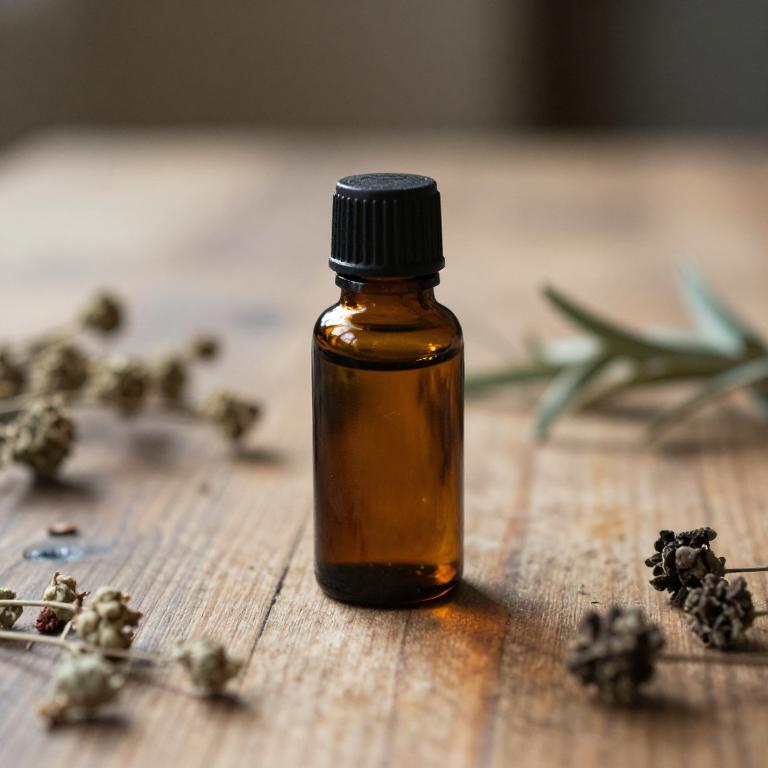
Cymbopogon citratus, commonly known as lemon grass, is a popular herb used in aromatherapy and natural remedies due to its soothing and anti-inflammatory properties.
Its essential oil is known for its calming effects and is often used to alleviate skin irritations and rashes by reducing redness and inflammation. The oil contains compounds like citral and geraniol, which have antimicrobial and antiseptic qualities that help prevent infection in broken skin. When diluted properly, lemon grass essential oil can be applied topically to soothe minor rashes, eczema, or insect bite reactions.
However, it should always be diluted with a carrier oil to avoid skin irritation and should be used with caution, especially for those with sensitive skin or allergies.
10. Rosmarinus officinalis
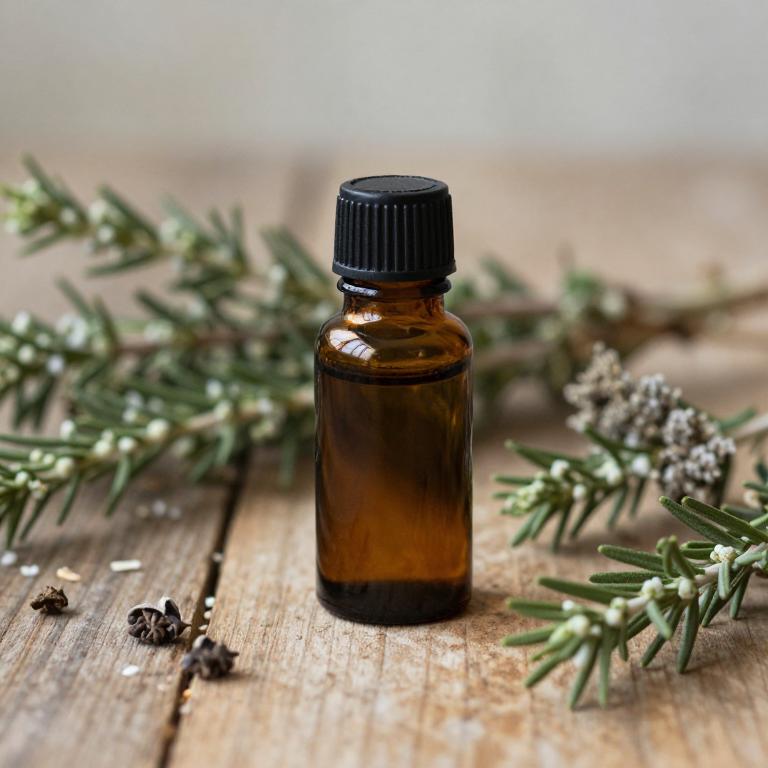
Rosmarinus officinalis, commonly known as rosemary, produces essential oils that are widely used for their therapeutic properties, including their potential benefits for skin conditions like rashes.
The essential oil of rosemary contains compounds such as cineole and camphor, which have anti-inflammatory and antimicrobial properties that can help reduce redness, itching, and infection in rashes. When diluted properly, rosemary essential oil can be applied topically to soothe irritated skin and promote healing. However, it is important to perform a patch test before use, as some individuals may experience skin irritation or allergic reactions.
Overall, rosemary essential oil can be a valuable natural remedy for managing rashes when used safely and appropriately.